Cloud Computing
Does your business demand greater performance, rapid scalability and higher availability from your line of business and productivity applications to remain competitive?
- Are you seeking scalable, resilient, cost effective solutions to meet your business needs?
- Does your staff utilize office suite, CRM or service delivery applications?
- Would your business benefit from highly redundant, recoverable solutions in the event of disaster?
Stop paying the high cost of traditional software – simply pay one low, flat fee per month!
Our Cloud Computing solutions include:
- Email, calendaring, word processing, spreadsheet, service, CRM applications and more
- All of the highly-available, secure storage space your organization will ever need
- Email security and archiving
- Sales automation software
- All upgrades and revisions
Our Cloud Computing Solutions include everything: service, maintenance and support.
Let us help you identify the right applications for your business and provide all of your service, support and maintenance while increasing your productivity and meeting your budgetary requirements.
Our Cloud Computing Solutions include everything: service, maintenance and support.
Find out how much our Cloud Computing Solutions can save your organization, and experience the tax benefits of converting your software costs to a flat monthly operating expense. Contact us today!
Cloud computing IT services are a broad range of on-demand computing resources and applications delivered over the internet. These services eliminate the need for organizations to invest in and maintain physical infrastructure, offering scalability, flexibility, and cost efficiency.
Main Types of Cloud Computing Services
| Service Model | Description | Examples |
|---|---|---|
| Infrastructure as a Service (IaaS) | Provides virtualized computing resources such as servers, storage, and networking over the internet. | AWS EC2, Google Compute Engine |
| Platform as a Service (PaaS) | Offers a platform allowing customers to develop, run, and manage applications without dealing with the underlying infrastructure. | Google App Engine, AWS Elastic Beanstalk |
| Software as a Service (SaaS) | Delivers software applications over the internet, accessible via web browsers or APIs. | Microsoft 365, Salesforce |
| Serverless / Function as a Service (FaaS) | Allows developers to run code in response to events without managing servers or infrastructure. | AWS Lambda, Google Cloud Functions |
Types of Cloud Deployment Models
-
Public Cloud: Services are delivered over the public internet and shared across multiple organizations (e.g., AWS, Azure, Google Cloud).
-
Private Cloud: Services are maintained on a private network, offering greater control and security for a single organization.
-
Hybrid Cloud: Combines public and private clouds, allowing data and applications to be shared between them for greater flexibility and optimization.
Common Cloud Services
-
Data storage and backup
-
Database hosting
-
Virtual servers and networking
-
Application hosting and development environments
-
Disaster recovery
-
Security and compliance tools
-
Analytics and artificial intelligence services
Key Benefits
-
Scalability: Instantly scale resources up or down as needed.
-
Cost Efficiency: Pay only for what you use, reducing capital expenditures.
-
Accessibility: Access services and data from anywhere with an internet connection.
-
Reliability: High availability and disaster recovery built into most services.
Cloud computing IT services encompass a variety of models and offerings that deliver essential computing resources and applications over the internet, supporting modern business needs with flexibility and efficiency/
Thin client computers are lightweight, low-performance devices designed to connect to a central server, which performs most of the computing tasks, runs applications, and stores data. Unlike traditional PCs, which process and store everything locally, thin clients rely on a network connection to access virtual desktops or remote sessions hosted on powerful servers.
Key Characteristics Of Thin Client Computers
- Minimal Local Resources: Thin clients have limited processing power, memory, and storage, as most operations occur on the server.
- Centralized Management: IT teams can manage, update, and secure all thin clients remotely, streamlining maintenance and improving security.
- Enhanced Security: Data and applications remain on the server, reducing the risk of data loss or theft if a thin client device is lost or stolen.
- Cost-Effective and Efficient: Thin clients are often cheaper, consume less power, and have a longer lifespan than traditional PCs, making them environmentally friendly and financially efficient for organizations.
How Thin Client Computers Work
When a user interacts with a thin client, their inputs (like keyboard strokes and mouse clicks) are sent to the central server. The server processes these commands, runs the necessary applications, and sends the output (such as the display image) back to the thin client for the user to see and interact with. This setup is commonly used in environments with Virtual Desktop Infrastructure (VDI), desktop virtualization, or application virtualization.
Common Uses Of Thin Client Computers
Thin clients are popular in businesses, schools, and organizations that need centralized control, enhanced security, and easy access to remote desktops or applications. They are especially useful where sensitive data must remain secure and centralized, or where cost and energy efficiency are priorities.
Basically, thin client computers are simple endpoint devices that provide users access to powerful server-based computing resources, offering centralized management, improved security, and cost savings compared to traditional desktop PCs.
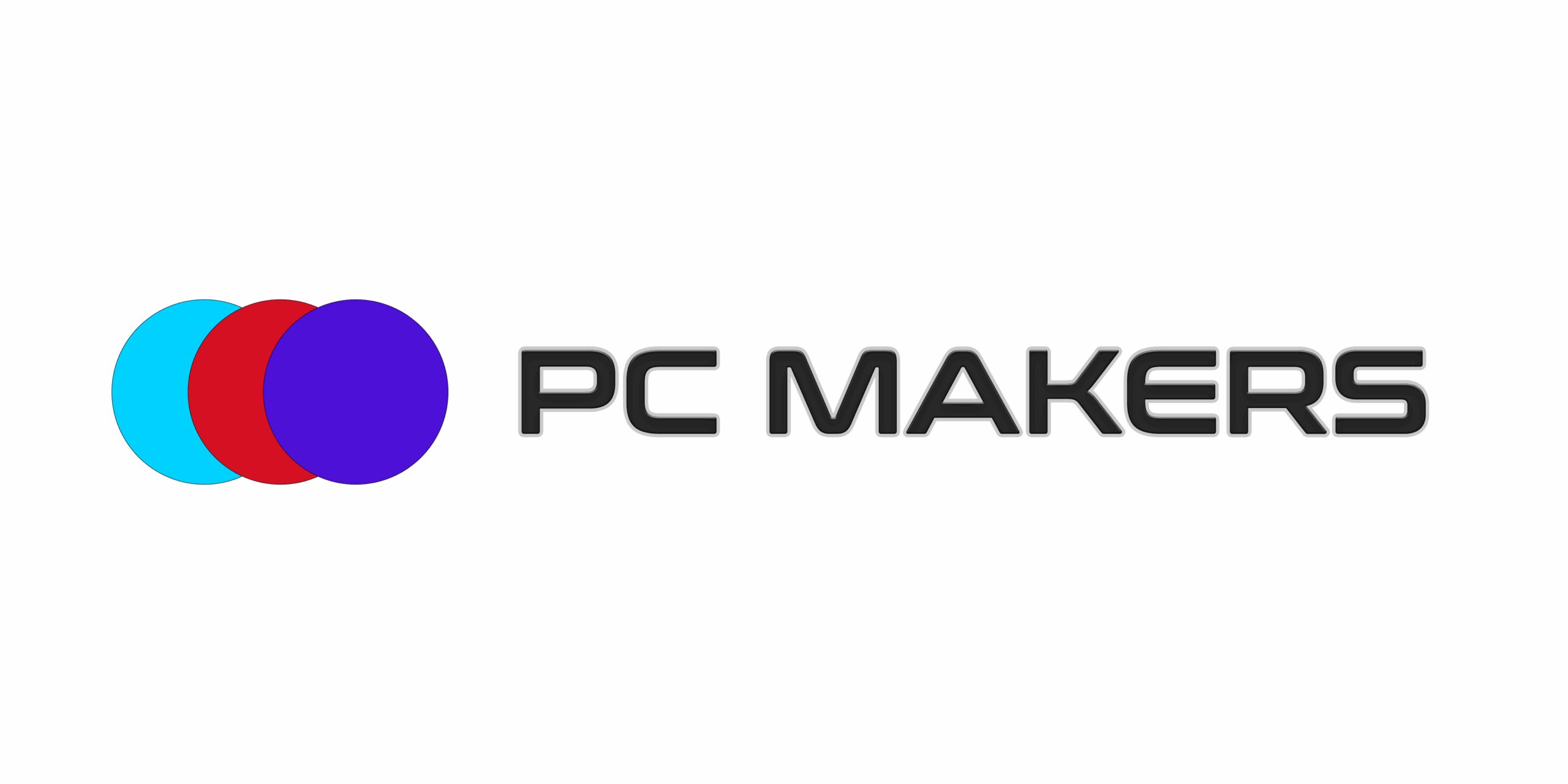
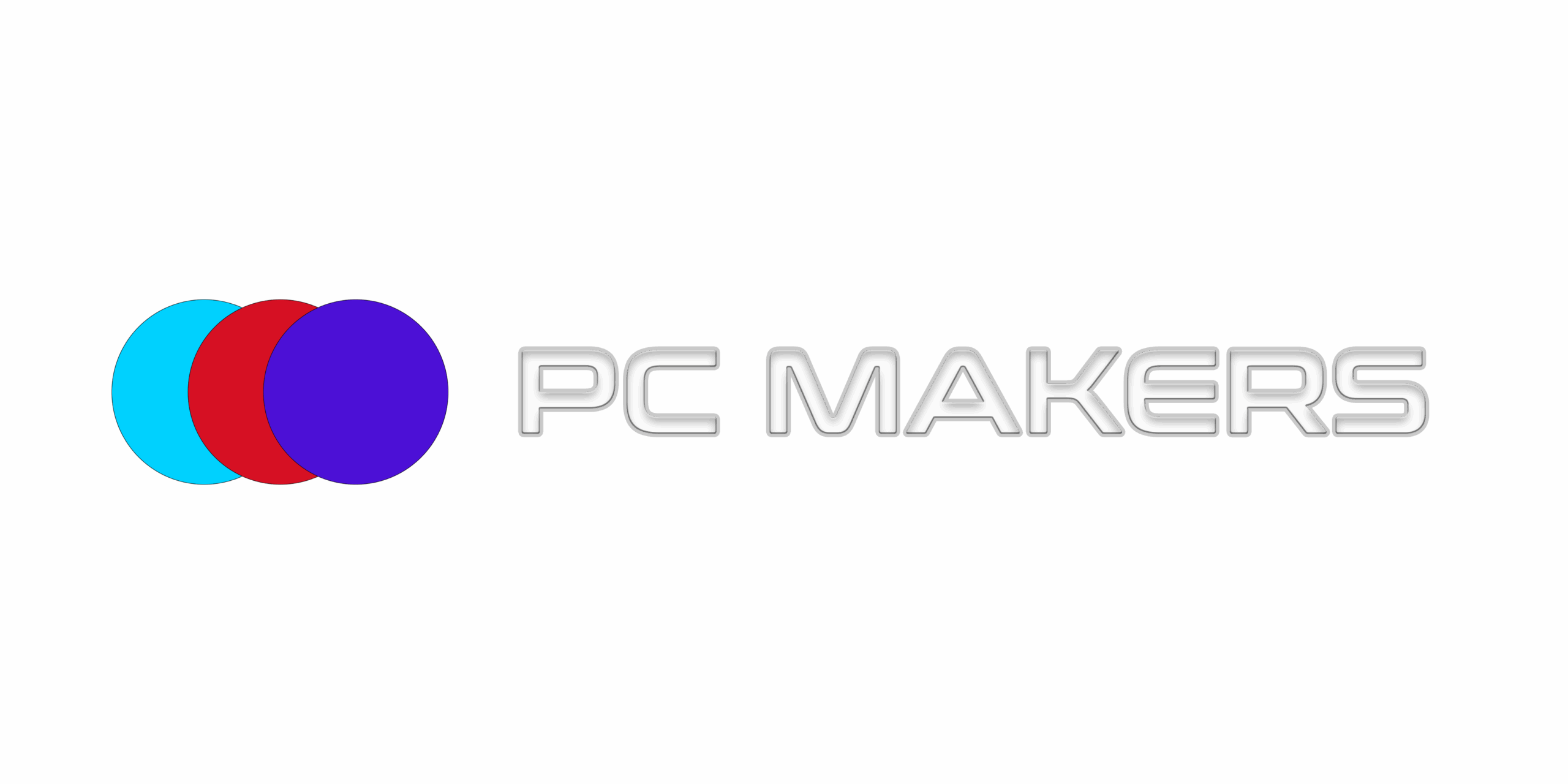
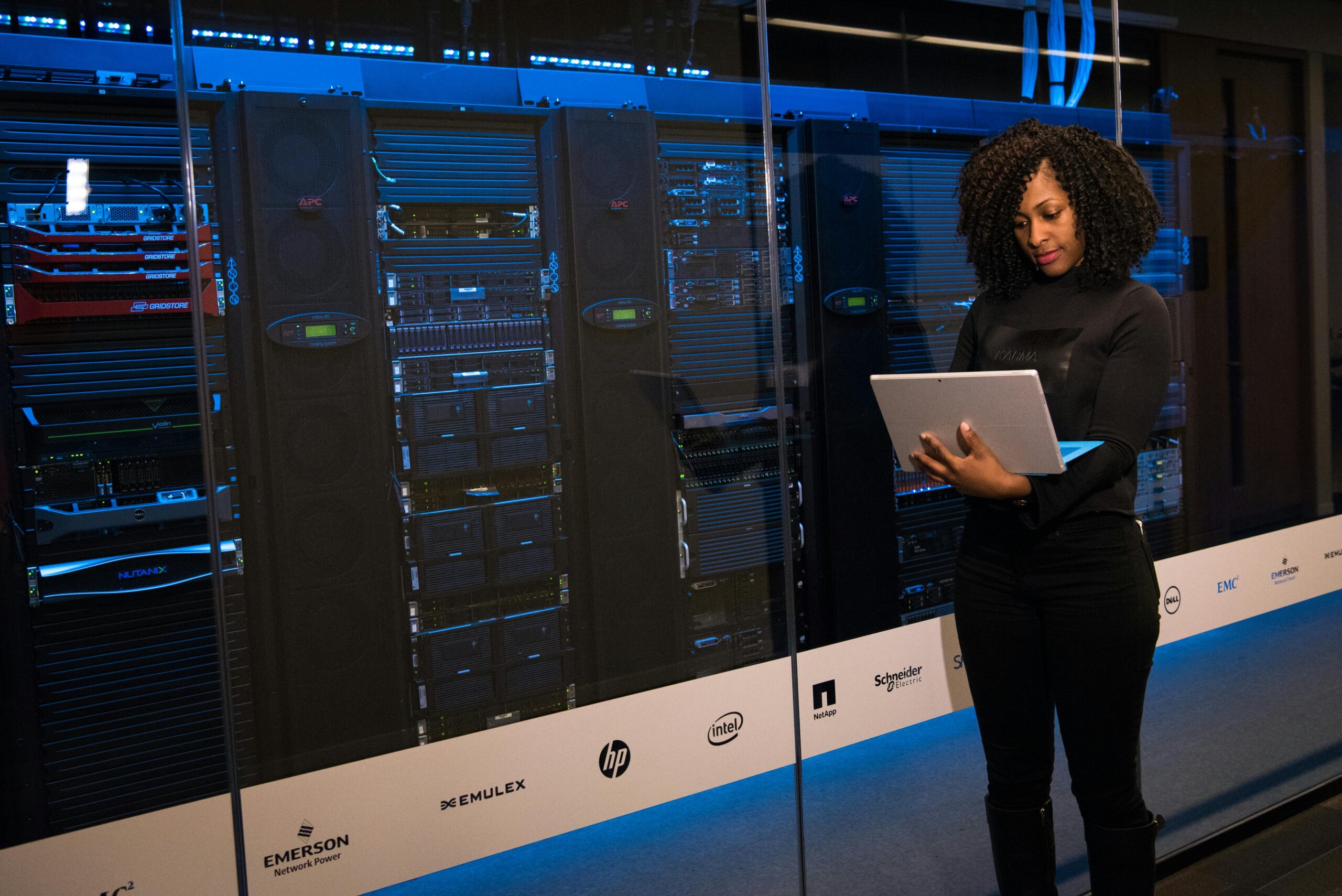

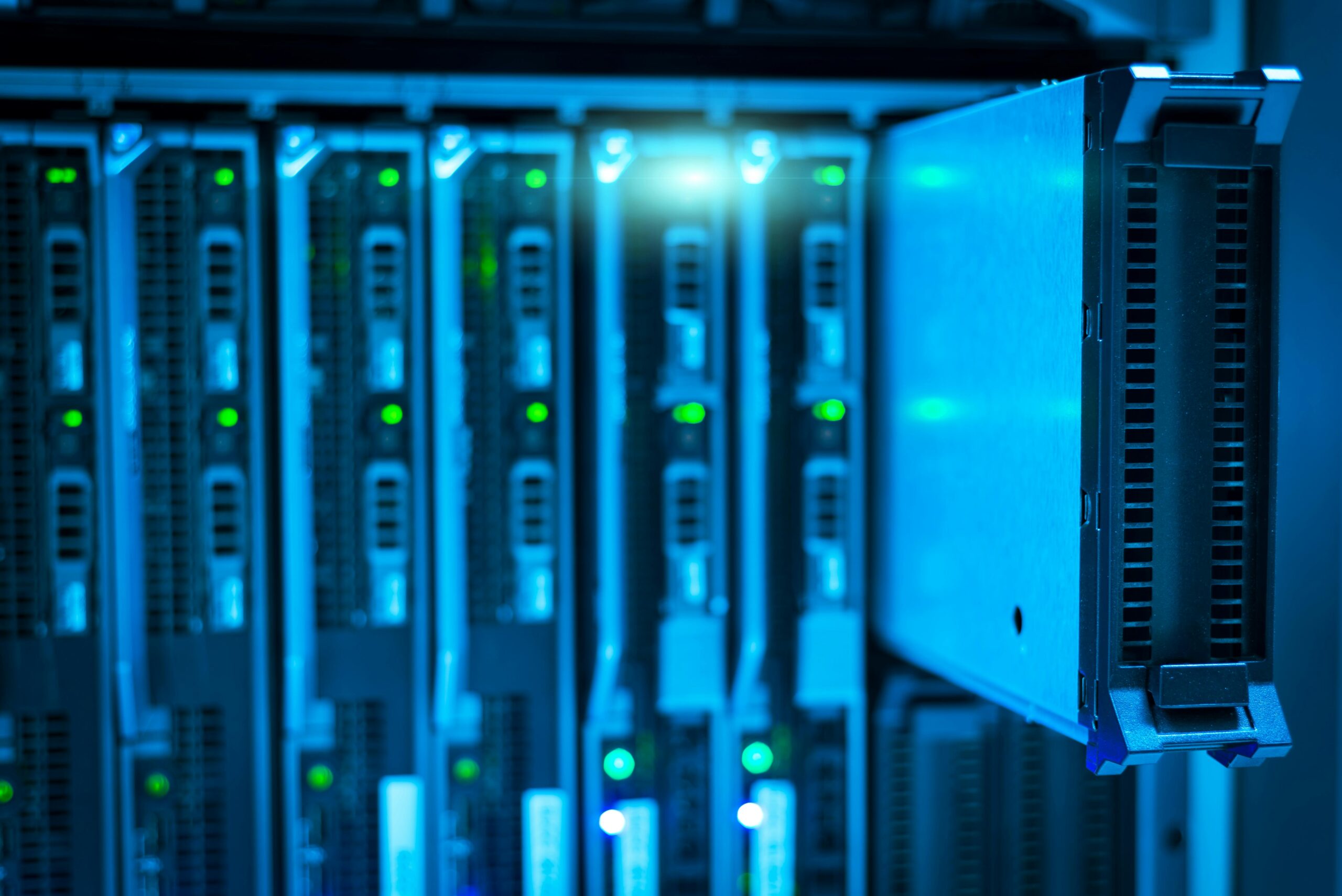

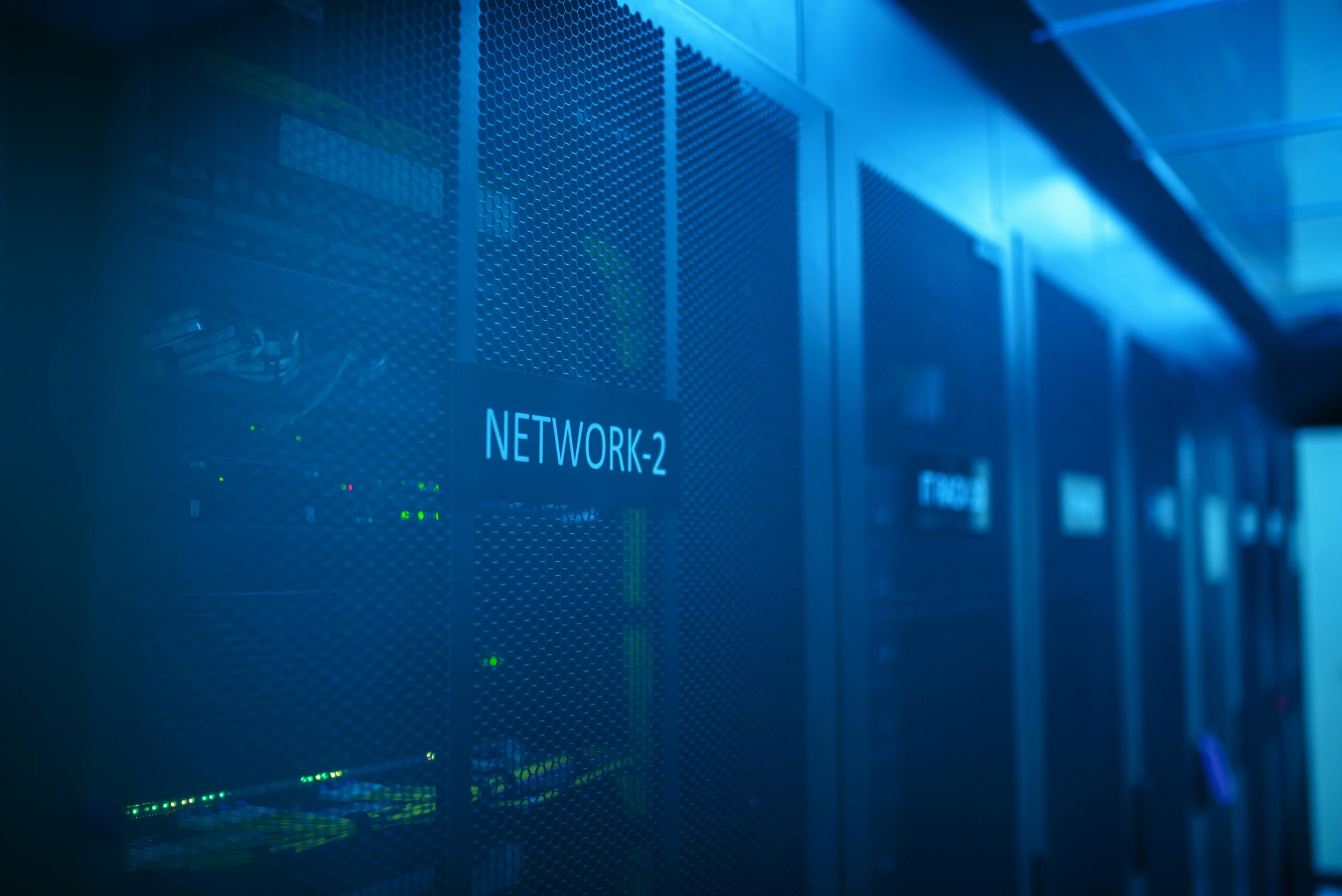





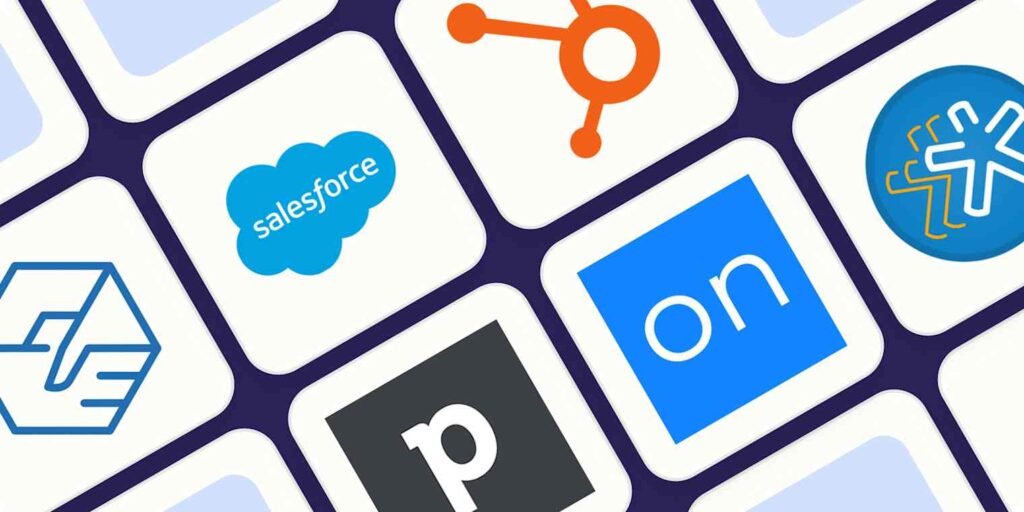






Reviews
There are no reviews yet.